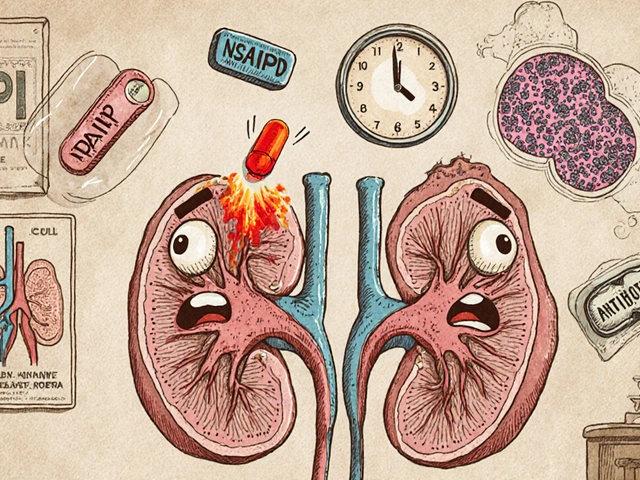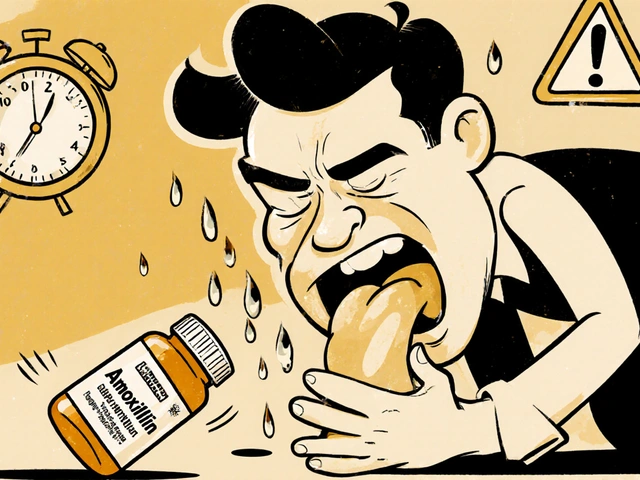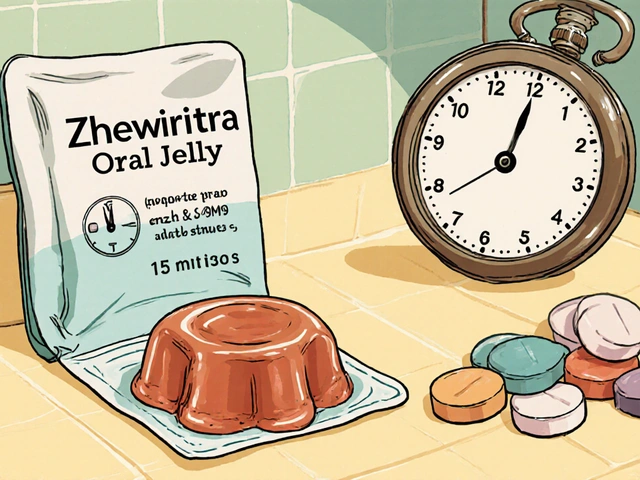Headache Management: Simple Steps to Feel Better Fast
Got a pounding headache and need relief now? You’re not alone. Most people deal with a head ache at least once a week, and the good news is many attacks can be stopped with easy, everyday moves. Below we break down what works, what doesn’t, and when it’s time to get professional help.
Quick Fixes You Can Try at Home
First, check the basics. Dehydration is a top culprit—grab a glass of water and sip slowly. If you’ve been staring at a screen for hours, give your eyes a break: the 20‑20‑20 rule (every 20 minutes, look at something 20 feet away for 20 seconds) can cut eye strain and calm the pain.
Next, think about your posture. Slouching or craning your neck adds tension to the muscles that trigger tension‑type headaches. Sit tall, roll your shoulders back, and do a few gentle neck stretches. A simple stretch—tilt your head toward each shoulder, hold for 15 seconds—often eases the pressure.
Cold or warm compresses also help. A cold pack on the forehead can numb migraine pain, while a warm towel on the neck relaxes tight muscles. Try both and see which feels better for you.
Smart Use of Over‑the‑Counter Meds
When home tricks aren’t enough, OTC pain relievers step in. Ibuprofen, naproxen, and acetaminophen are the most common choices. Use the lowest effective dose and follow the label—taking more than recommended can cause stomach issues or liver strain.
If you’re prone to migraines, a combo of a triptan (prescription) and an OTC can be a game‑changer, but only under a doctor’s guidance. Don’t mix multiple painkillers; doing so raises the risk of side effects without extra benefit.
Remember to read the label for warnings about existing conditions like heart disease, high blood pressure, or ulcers. If any warning applies, talk to a pharmacist before you start.
When to Seek Professional Help
Most headaches clear up in a day, but you should call a doctor if the pain is sudden and severe, if it’s the worst headache of your life, or if you notice vision changes, weakness, or fever. These could signal a more serious problem that needs urgent care.
Also, if you need pain medication more than two or three times a week, it’s time for a check‑up. Chronic use can lead to rebound headaches, where the medication itself triggers more pain.
A doctor can spot underlying issues—like sinus infections, neck problems, or hormonal changes—and suggest targeted treatments, such as prescription meds, physical therapy, or lifestyle tweaks.
In short, tackle headaches fast with water, posture checks, and a smart choice of OTC meds. Keep an eye on patterns, and don’t wait to get professional advice when the pain feels abnormal. With these habits, most days you’ll be able to push the pain aside and get back to what matters.





